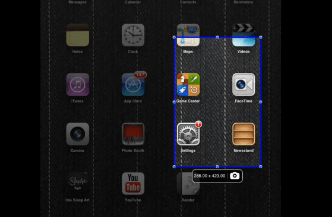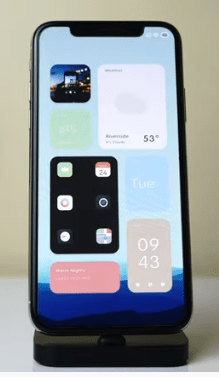
An escape should be applied during the boot cycle, which thus requires fixing the part. Practically speaking, there are four sorts of escapes that vary in whether an outside gadget/PC is expected to boot up and whether the escape continues reboots and also in some apps like iphone jailbreak . Below are the basic explanations
1) Tethered Jailbreaks alter the boot cycle, however require a PC to empower the escape for every single boot-up. If the gadget is begun without this outside factor, the portion isn’t fixed and the gadget probably winds up in a part of the way booted state, for example, the iOS recuperation mode.

2) Semi-fastened Jailbreaks, interestingly, can be begun without applied escape and boot up into stock iOS, without winding up in recuperation mode. Be that as it may, changed program code and outsider applications can’t be utilized any longer until the gadget is restarted again with an outside escape instrument.
3) Untethered Jailbreaks permit to boot a jailbroken gadget
without the assistance of a PC. During boot up the portion is naturally misused with the end goal that the gadget is for all-time jailbroken. This sort of escape is particularly hard to actualize and requires a specific ground-breaking misuse.
4) Semi-untethered Jailbreaks are not diligent across reboots, yet like semi-fastened escapes, the stock iOS usefulness stays unblemished. Be that as it may, not at all like for fastened escapes typically an escape application is introduced on the iOS gadget, which can be dispatched by the client to fix the piece once more. For iOS 12 beta and iOS 11.4 indeed, even a Browser-based endeavor is accessible, permitting the escape to be applied by basically visiting an exceptionally created site.
Independently of the particular sort
Most escapes introduce Cydia, a bundle supervisor for elective applications and expansions that are not accessible in the authority App Store. Cydia is a port of the “Progressed Package Tool” (APT) for iOS gadgets, packaged with a graphical UI to help the establishment of applications, and a couple of apparatuses for controlling applications. Cydia Substrate, for example, empowers outsider designers to fix existing applications at runtime. It comprises three primary segments: The Mobile Hooker, the Mobile Loader also, the experimental model. The Mobile Hooker empowers the snaring of discretionary framework works that are supplanting a capacity’s unique execution with custom program code that may incorporate client-controlled usefulness just as the execution of the first program code. This permits to log API calls, adjust return esteems, or some other kind of alteration. The Mobile Loader, then again, stacks and applies outsider patches for applications at runtime. To this end, it infuses itself utilizing the Dyld Insert Libraries climate variable, and in this manner stacks any remaining augmentations from the dynamic library way. Moreover, the Mobile Loader introduces a security net to ignore control to experimental mode, at whatever point an augmentation crashes the iOS home screen. In protected mode, all outsider augmentations are crippled and the home screen is restarted.
Escape detection
Banking applications and other versatile applications that interact with delicate client information are very much encouraged to apply escape identification to guarantee they work in a safe and confided execution climate. While clients profit by escapes to a certain expand, Apple—in light of current circumstances—emphatically debilitate its use because of security concerns and the way that the trustworthiness of delicate information can’t be ensured any longer. With escape location set up, an application may decline to work and stop if fundamental security assurances of the working frameworks are not met. In the accompanying, we talk about a couple of short-sighted components that are habitually utilized for the discovery of escapes in later iOS applications.

